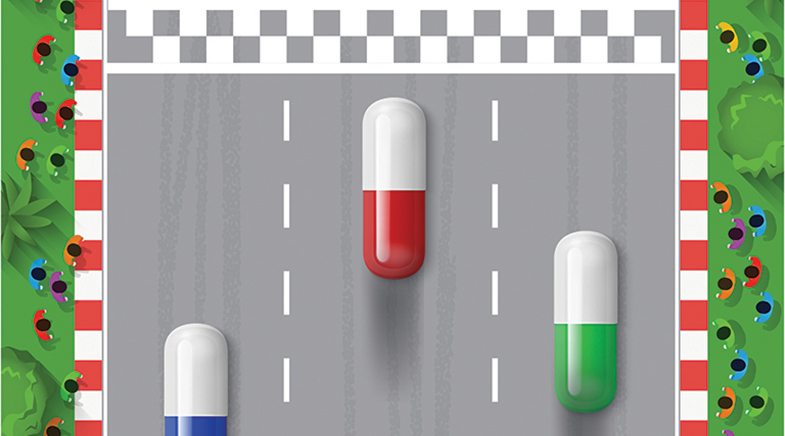The soft robo-touch
-
- from Shaastra :: vol 03 issue 04 :: May 2024

With lessons from vines and jellyfish — and aided by 3D printing — scientists are making shape-shifting advances in soft robotics.
During the Paleozoic Era some 450 million years ago — when the world was covered in swampy forests and amphibians were still to forsake water for land — Pleurocystites inhabited the seas. The early echinoderm, ancestor to the starfish and sea urchin, darted across the water using a single and long muscular stem that gave it speed and directionality.
It was this propulsive movement displayed by the extinct marine invertebrate that sparked the interest of a team of researchers from Carnegie Mellon University in Pennsylvania, U.S. Working with palaeontologists from Spain and Poland, the team created a robotic reconstruction of the extinct echinoderm. The palaeontologists provided 3D scans of the pleurocystitid fossils, which the team used in computational modelling to understand how the robot would move and behave.
The scans helped them simulate how the length of the muscular stem and the amplitude of its sweeping motion influenced the robot’s movement and energetic consumption. The team designed the mould accordingly, and used a 3D printer to fabricate it. “Some of these correlations might have been intuitive to palaeontologists. But this is the first experimental validation of those hypotheses. The organism has been long extinct, obviously, but this is basically the next best thing,” says Carmel Majidi, Professor of Mechanical Engineering and co-author of a study published in PNAS in November 2023 (bit.ly/robotics-echinoderm).
PAST ISSUES - Free to Read


Have a
story idea?
Tell us.
Do you have a recent research paper or an idea for a science/technology-themed article that you'd like to tell us about?
GET IN TOUCH














